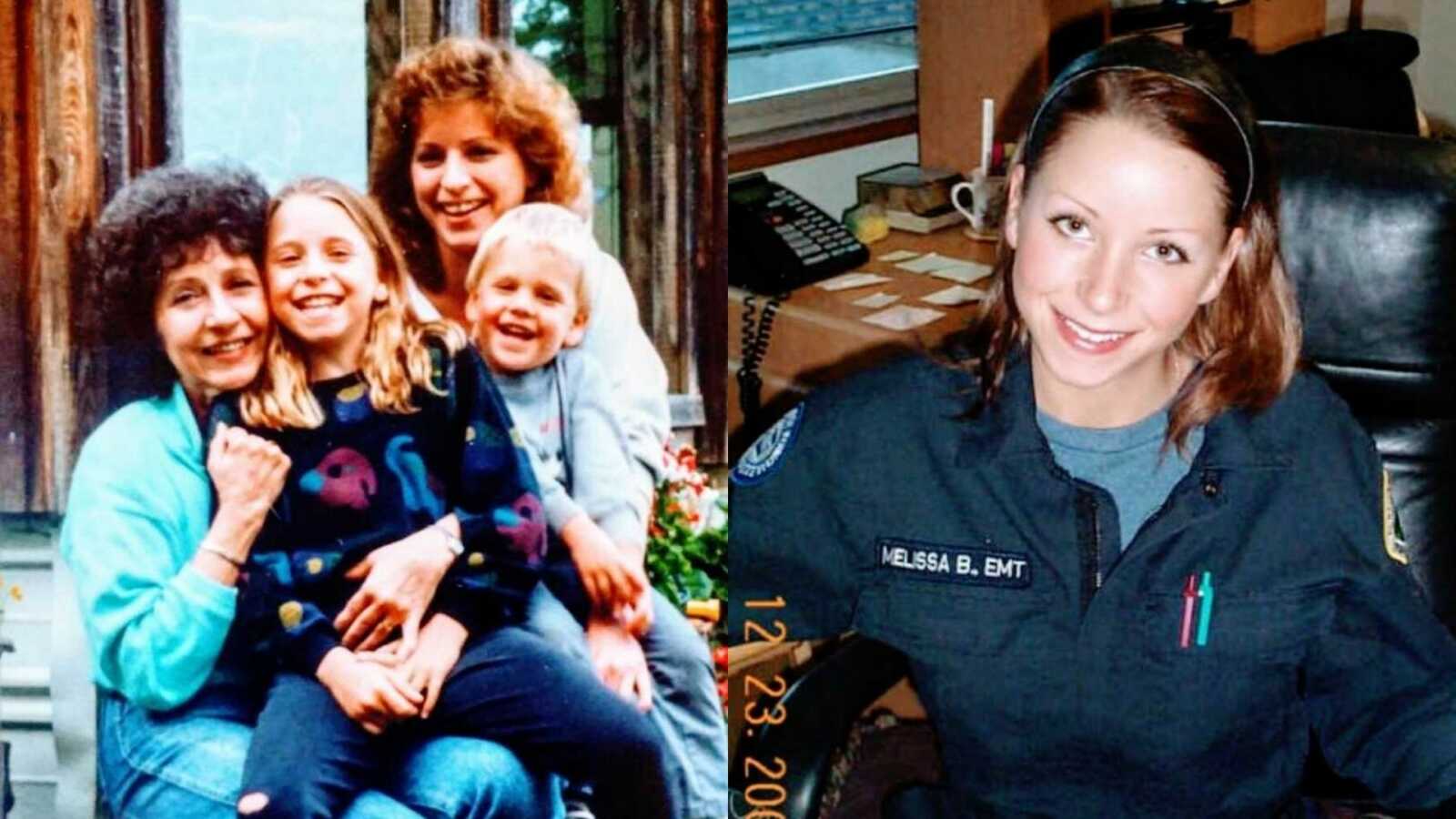“I’m 41 years old and I’m a business owner, an artist and writer, a mother of two, a student, a devoted partner to my significant other, and…I recently received an autism diagnosis.
Finding out I’m autistic at the age of 41 was unexpected, but it’s not as unique of a situation as you’d think. As it turns out, a lot of us were missed. The ‘shy’ girls who preferred the library to the playground at school. The ones who felt everything so deeply but didn’t know how to process or express any of it. The outcasts who always felt different, but never knew exactly why.
I grew up in the ‘80s in a small town in Washington state. A time when autism wasn’t a thing on anyone’s radar, unless of course you were a young male who looked and acted like Dustin Hoffman’s character in Rain Man. But my struggles were different than his, and often hidden. The struggles that weren’t hidden were just chalked up to me being me. A quirky kid who was mostly quiet and a bit of a loner. More of an observer than a participator. If I had struggled in school, something may have been suspected, but I didn’t. School was easy, and because of my academic achievements in elementary school, I was labeled as ‘gifted.’ Sadly, though, I was not able to live up to that label for long.
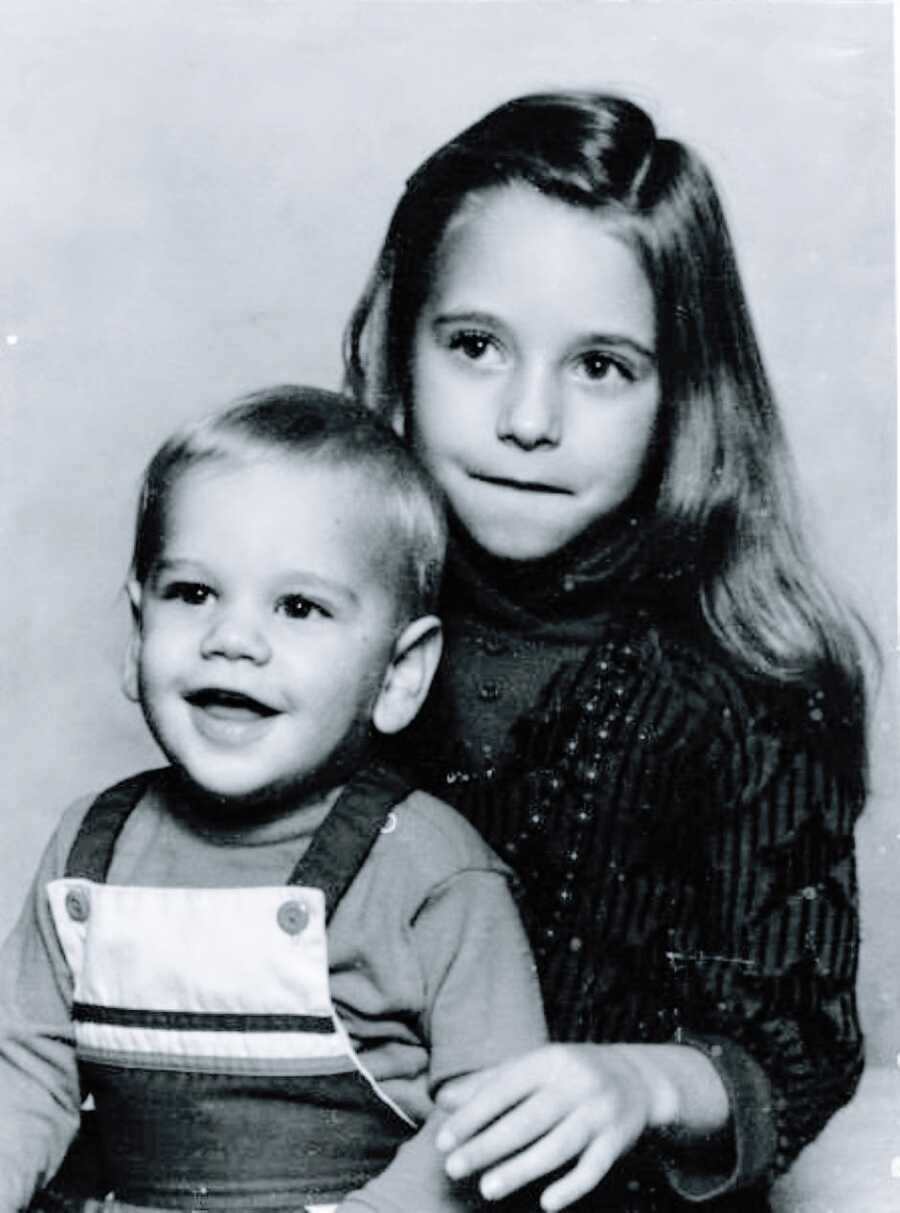
Entering junior high was like landing on a different planet. I suddenly had six different classes to manage and a huge increase in social demands. There was no playground here. No option to join a game of kickball on a whim as a fringe participant. No option to go hide in the library. I was lost, overwhelmed, and didn’t quite know where I fit in amongst all the cliques. The groups of girls who had been friends in elementary school still had each other, while my only friend in elementary school was going to the other junior high, all the way across town.
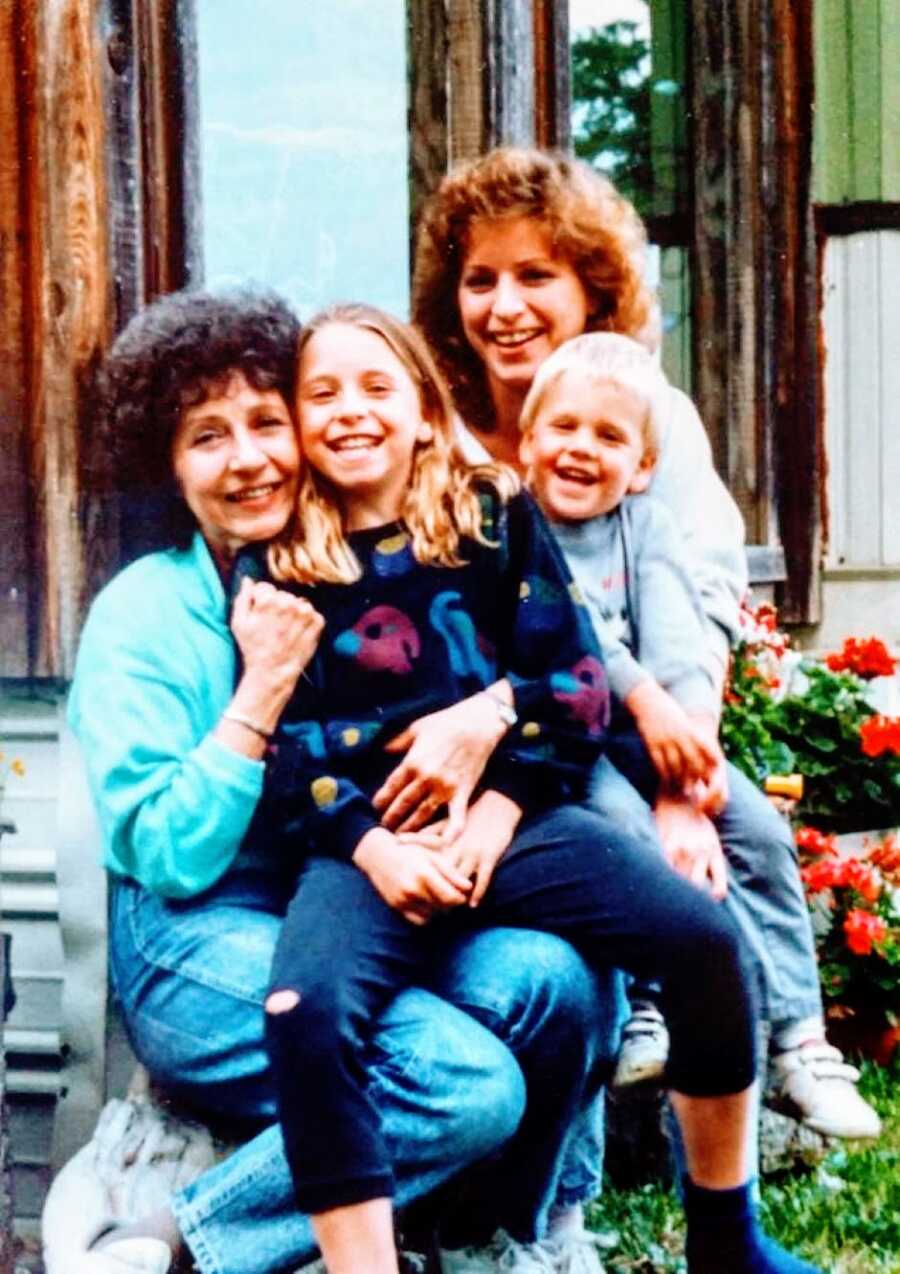
For the first time in my life, I fully felt how different I was, and I started trying hard to fit in. This is when my people-pleasing behavior started. I just wanted to be liked, included, invited, popular. I would do anything for anyone, but it only led to me getting bullied and taken advantage of on a regular basis. The other girls my age were impossible to figure out! One moment I thought they were my friends, and the next moment they were prank calling me or talking behind my back or leaving me out because I did something ‘wrong.’ I started to give up. Everything was too hard. I was failing most of my classes. I was constantly grounded. According to my teachers I was ‘not living up to my potential.’ According to my parents, I was ‘lazy.’ High school wasn’t much better, but I made it through – barely. Not without a lot of emotional baggage though, and a brand-new baby who I gave birth to a week before I started my senior year.
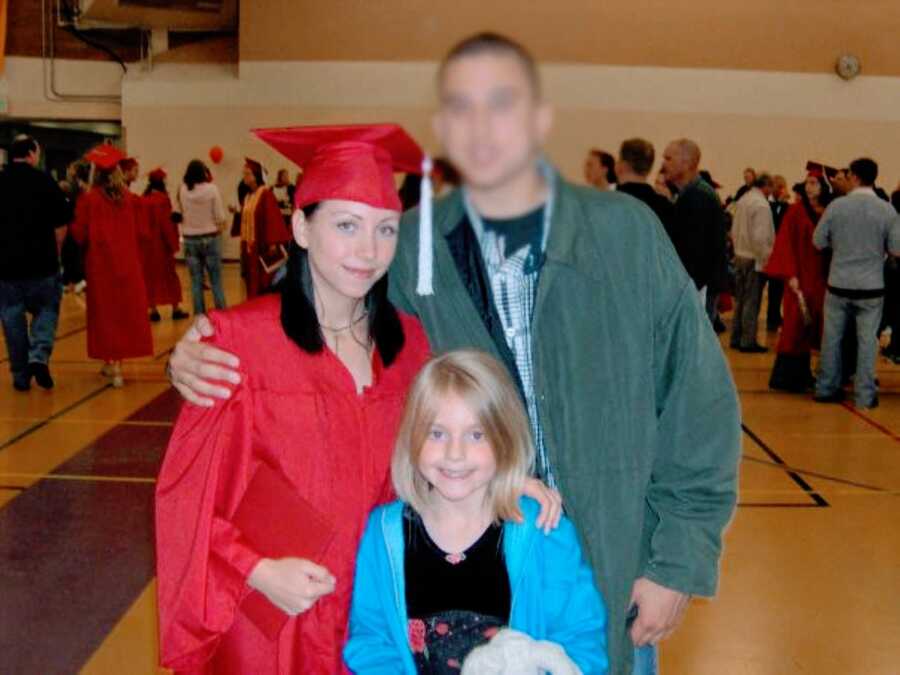
Being a young mom was difficult. Looking back, I feel like given the circumstances, I did pretty well. I had help from my parents, but continued to flounder. I was impulsive and had very poor decision-making skills and a heck of a lot of executive dysfunction. At the age of 18, I got married to my child’s father. Then at the age of 20, we got divorced and I learned that just because you have a baby with someone doesn’t mean you should be with them. Throughout my early 20’s I worked a bunch of random, minimum-wage jobs, but was never able to stick any of them long-term. I eventually ended up with my nursing degree, but on my way there I took a detour into even more self-destruction with a lot of partying, substance abuse, and overall bad decision-making. Thankfully, by my mid-20’s, I managed to pull myself out of that self-inflicted fiasco. I graduated from nursing school, landed my first nursing job, and started seeking some semblance of a ‘normal’ life.
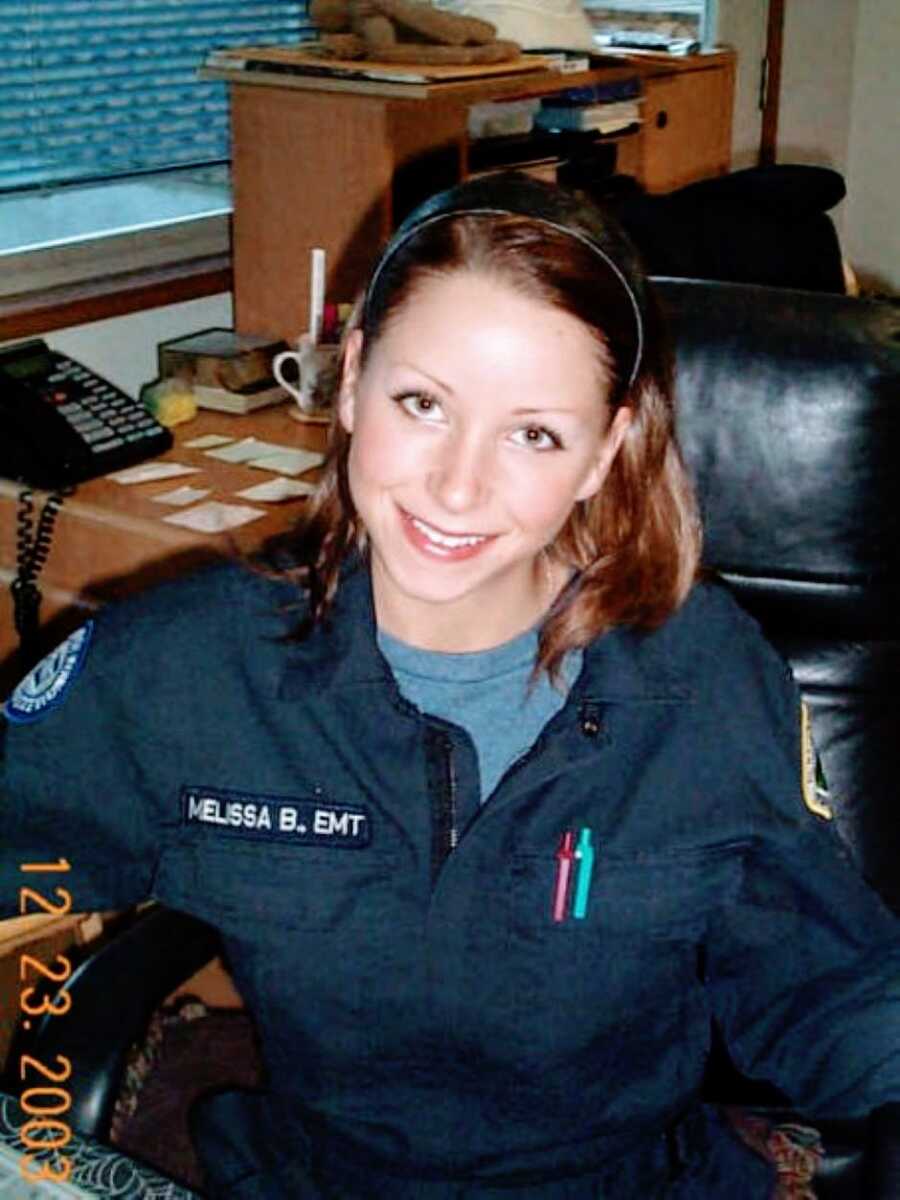
I was still trying so hard to fit in, to follow the rules society had laid out for me and do everything I was expected to do. At the age of 28, I got married again. I had been dating a great guy for three years – I loved him and he was my best friend, so marriage seemed like the next logical step. I was at the age where everyone around me was getting married, so I decided it’s what I should do, too. This is how I lived most of my life – by watching those around me and trying to copy what they did. So, we took the plunge, and we were happy. We moved to California, we had a baby, and all was well. But at the age of 30 (just a year after our child was born), I would stumble upon a huge revelation about myself. I was gay. Soon after this realization, I came out to my husband, my family, and the world. Needless to say, by the age of 30, I was filing for divorce number two.
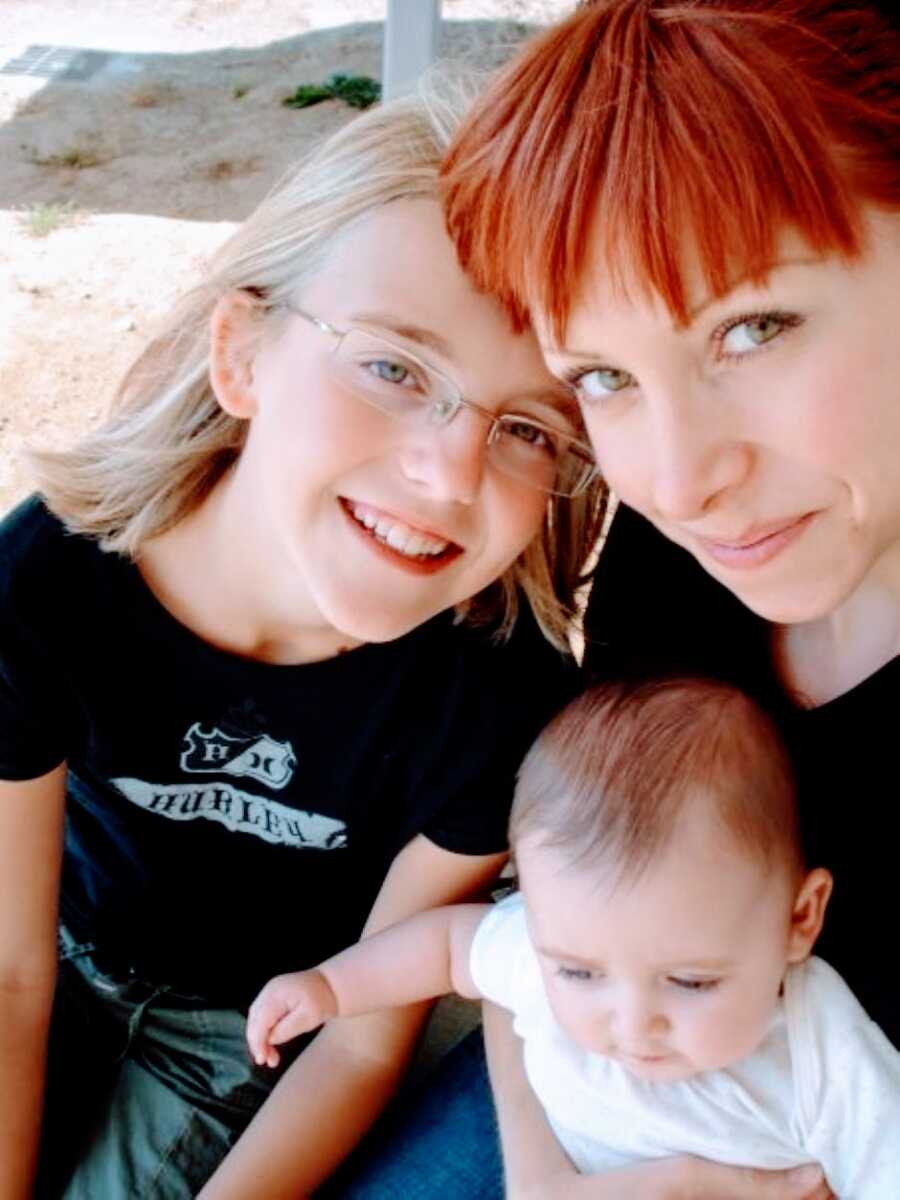
The months immediately after I came out are kind of a blur. I was mostly met with support from my family, my friends, and even my ex-husband. I did have some people in my life question if it was just a ‘phase,’ though. I was a new mom and maybe it was hormones? Or maybe I was bored and just needed to ‘spice things up’ with my husband? But they didn’t know what I knew. They didn’t know about the huge crush I had on Cindy Crawford growing up. They didn’t know I often wondered if I was asexual because I just didn’t want or enjoy sex that much. They didn’t know that although I had loved a few men in my life, I had never been truly in love with anyone.
When I realized I was autistic, I noticed it felt very similar to when I realized I was gay. In both cases I was hit with a deep knowing. It was like my life was flashing before my eyes and suddenly everything made so much sense. Once ‘the knowing’ set in, I couldn’t un-know. Once the lightbulb had been turned on, I couldn’t turn it off. Looking back, these major revelations in my life really shouldn’t have been major revelations at all. The signs that I was both gay and autistic were there all along, but somehow, I’d been so busy trying to fit in I forgot to get to know myself. I didn’t take any time to think about who I was, what I wanted or needed, what I liked and didn’t like. Even if I had, I still might have missed the signs. During this time, there wasn’t a lot of representation in the media that looked like me (if any at all), so I wasn’t exactly exposed to these demographics in a way that made them relatable. I had a very narrow idea of what a lesbian looked and acted like. Same with autism. If something isn’t on your radar at all, how can you be expected to pick it up?
Seven years after my second divorce, I met the love of my life, my partner Grey, who I’ve been with for nearly five years now. One of the big changes in 2020 was when Grey came out as non-binary. Since that happened, I’ve started referring to myself more often as ‘queer’ because Grey now presents outwardly as more masculine, and it sometimes makes me feel odd about continuing to identify as a lesbian. This was a struggle for me when Grey first came out, but I’ve since realized being with someone who is more fluid in their gender identity doesn’t ultimately change who I am. So, I sometimes say I’m a lesbian, I sometimes say I’m queer – both labels feel like they fit, and that’s all that really matters in the long run.
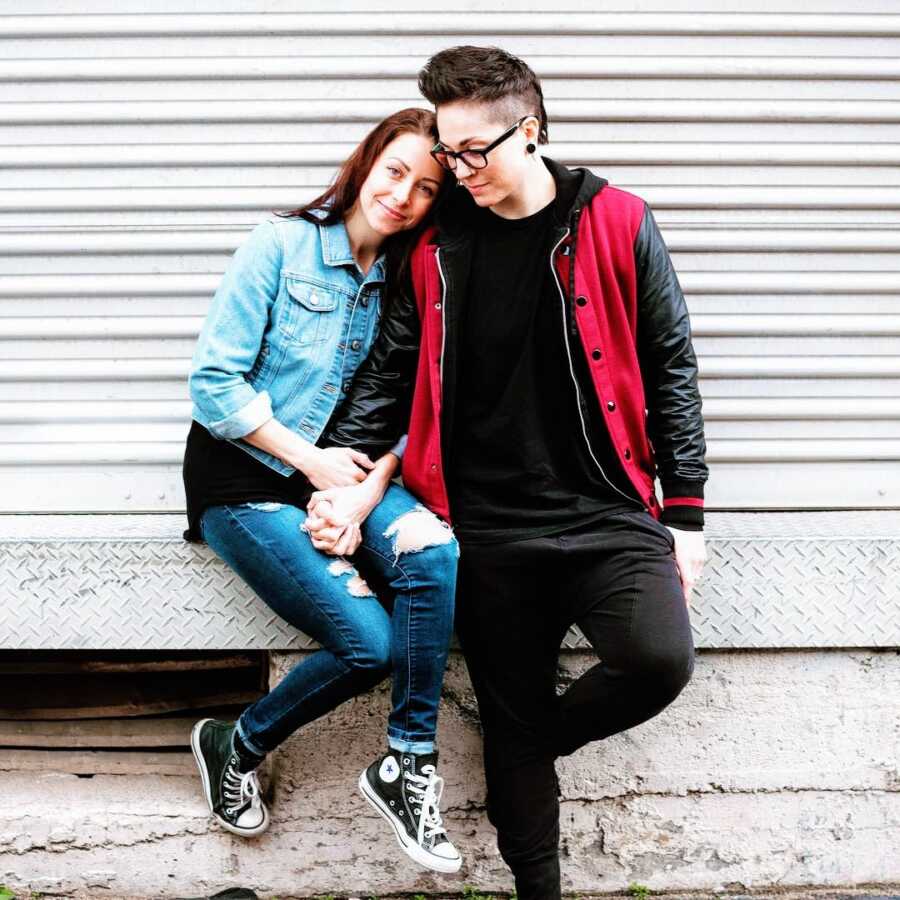
Grey is the person who inadvertently started me on my journey to discovering my autism. After a series of ‘episodes’ (that I now know were autistic meltdowns), Grey told me I needed to seek some help to figure out what was going on. My emotional dysregulation had been tough to deal with in every relationship I’ve had, but 2020 was fraught with enormous change and stress – both things I don’t deal well with – and I began to fall apart in a much bigger way, much more often. I agreed I needed some help, so off to Google I went to search for a therapist, and maybe some answers.
As I scrolled through my search results, I came across an article entitled ‘Females and Autism/Asperger’s: A Checklist.’ I was intrigued, and as I read through the list, I was shocked to find everything on it sounded just like me. But how could it be? I thought for sure this was just a list of vague traits that was written by someone who didn’t really know what they were talking about, but it was enough to pique my curiosity, and I couldn’t resist the urge to do more research. If you know anything about most autistics, it’s that we love to research. Especially on a topic we are interested in. Researching female/atypical presentations of autism became my new full-time hobby, and I very quickly started to connect the dots. When I looked at my blurry life through the lens of autism, everything was suddenly crystal clear.

While many adults who discover they are autistic remain self-diagnosed (which is completely valid), I decided for me, getting officially diagnosed was the route I wanted and needed to take. As an adult, it is extremely difficult to find a practitioner who is 1) knowledgeable about how autism can present in women, and 2) willing/able to diagnose adults. I was lucky enough to find a non-profit organization called GRASP that checked both boxes. I waited six months for my assessment, and after three very long, very thorough appointments, I received my autism diagnosis along with another unexpected diagnosis: ADHD. From all the research I’d done, I was aware these two conditions can often occur together, but again, I had such a narrow idea of what ADHD looked like, I never imagined I could have it. My clinician explained in depth how ADHD can present more atypically in autistic women and the more we talked about it, the more it seemed to fit, but it was still a bit shocking to receive a dual diagnosis.
I had a lot of mixed emotions after receiving my diagnoses, but mostly I just felt happy and relieved. I finally had an answer. My entire life I was told I was selfish, irresponsible, lazy, broken, crazy, and too sensitive. These labels had been handed to me throughout my life by various people. So much so that I believed them, embraced them as part of who I was, and spent decades trying relentlessly to ‘fix’ myself. But now, these new labels of Autism & ADHD explain so perfectly who I am and the problems I’ve faced my entire life, it’s helped me to shed those old, false identities that had been imposed upon me.
I’ve always had trouble making friends, and even more trouble keeping them – this does not mean I’m unlikable or a ‘loser.’ I have problems regulating my emotions – this does not mean I’m too sensitive or ‘crazy.’ I struggled in school despite my giftedness – this does not mean I’m ‘lazy’ or irresponsible. I can be inflexible, controlling, and have a hard time adjusting to change – this does not mean I’m ‘selfish.’ I’ve always felt different. I’ve always been misunderstood. Now I know it’s because my brain is just wired differently. These traits are part of who I am and none of them are ‘wrong.’ I no longer see them as pathologies that need fixing, and that in and of itself has brought with it so much freedom, joy, and self-acceptance.
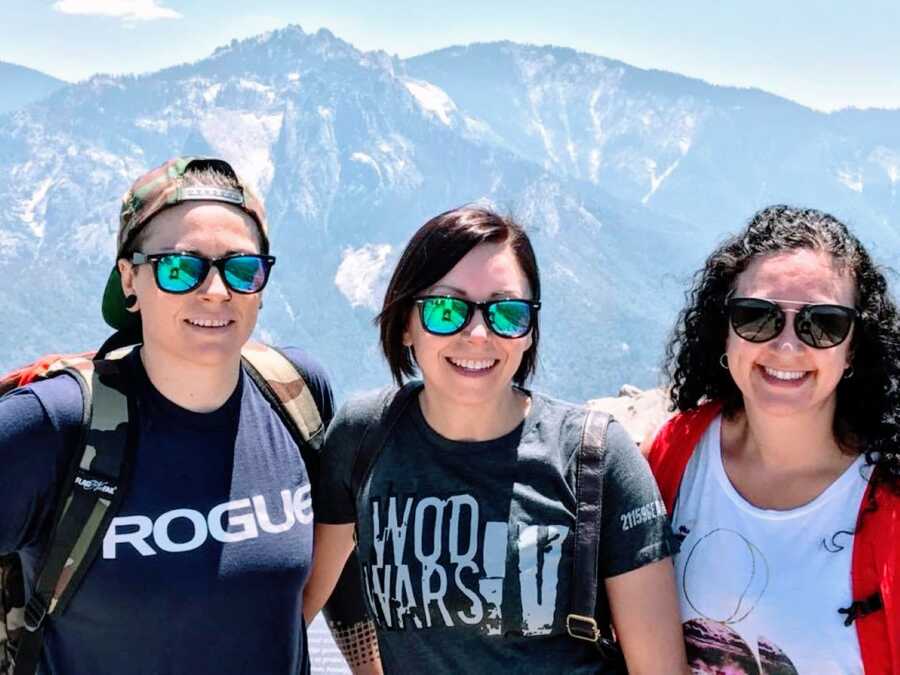
I am by no means ‘healed’ from all my past traumas, and I am still very much a work in progress, but at least now I can approach my struggles from a different perspective and give myself a little more grace. I’ve been finding solace in writing throughout this journey and took up painting as a way to focus my thoughts and help regulate my emotions. I also started a podcast where I talk about my experiences as a late-diagnosed autistic woman. All of these outlets have served as a respite from my ever-present looping thought process that can sometimes overwhelm me. Finding moments of clarity is important for everyone, but I believe those of us who are neurodistinct can especially benefit from self-care through creative expression.
My Autism and ADHD diagnoses have cleared up so many things for me, but it has also muddied up the waters in certain ways. Trying to figure out who I am all over again at the age of 41 is hard. I’ve spent my whole life trying to fit in and suppressing the things about me that made me different. I’ve put on a show for the sake of others, all the while denying myself the opportunity to live authentically. So now, once again, I’m finding myself on an unexpected journey of self-discovery, but it’s an exciting journey that has opened my eyes to a world of new possibilities for me and my life, and for that I am truly grateful.”
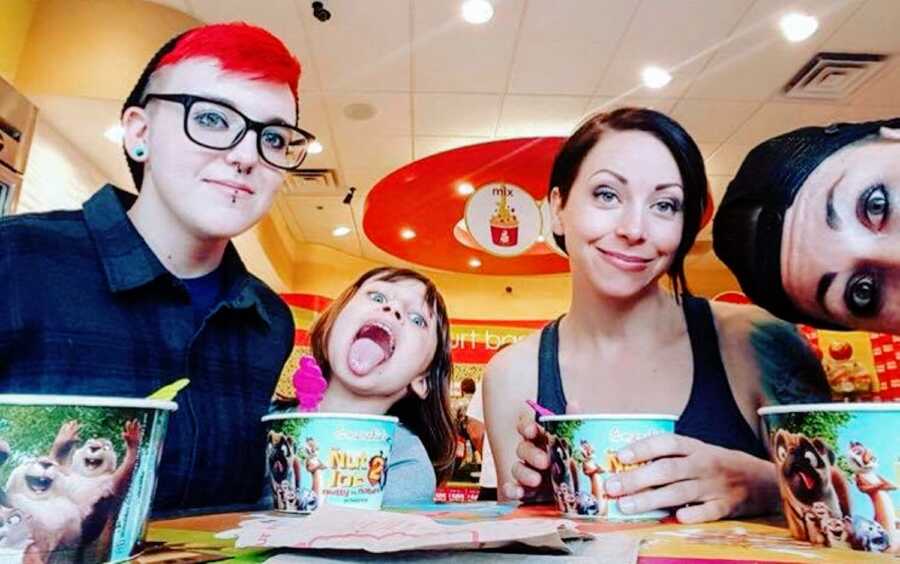
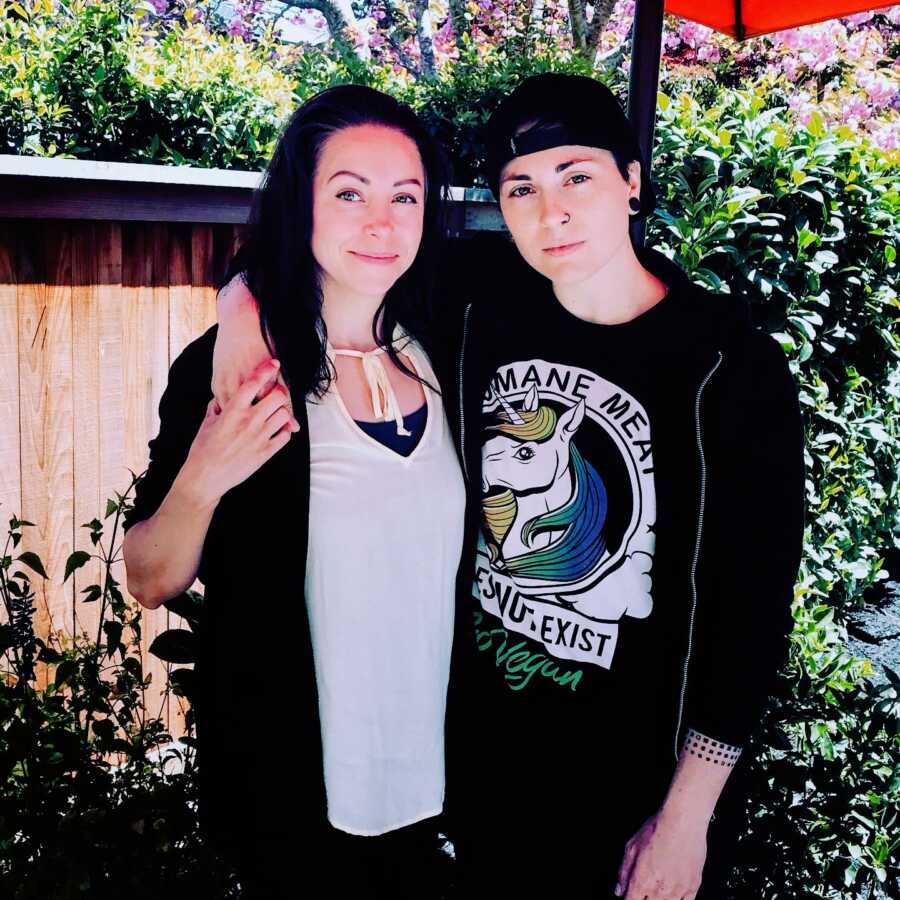
This story was submitted to Love What Matters by Melissa Tacia of California. You can follow her journey on Instagram here and here and her podcast. Submit your own story here, and subscribe to our best stories in our free newsletter here.
Read more stories like this here:
Provide beauty and strength for others. SHARE this story on Facebook with friends and family.

